In the heart of Chile's vibrant Independence Day celebrations, a culinary tradition stands out not just for its flavors but for its sheer scale—the iconic empanada de pino. This year, bakeries and home cooks across the nation have embraced the challenge of creating ever-larger versions of this beloved savory pie, turning it into a symbol of national pride and communal joy. The quest for the largest empanada has become as much a part of the festivities as the traditional cueca dances and fondas (festive tents).
The empanada, a staple of Chilean cuisine, takes center stage during Fiestas Patrias (Patriotic Holidays), which span the week around September 18. While the standard empanada fits snugly in one’s hand, the monumental versions prepared for Independence Day defy expectations. Some weigh over 50 kilograms and stretch several meters in length, requiring teams of cooks and custom-built ovens. These gargantuan pies are often shared among hundreds of revelers, embodying the spirit of generosity that defines the holiday.
What goes into these colossal creations? The classic empanada de pino filling—a hearty mix of ground beef, onions, raisins, black olives, and hard-boiled eggs—is scaled up with military precision. Local butchers and farmers report spikes in orders for ingredients in the weeks leading up to the celebrations. "It’s not just about size," explains María Fernández, a third-generation baker in Santiago. "The balance of flavors must be perfect, even when you’re working with 20 kilos of onions. One misstep, and the entire batch could be ruined."
The tradition of oversized empanadas traces back to rural Chile, where entire communities would gather to prepare massive pies for harvest festivals. Over time, this practice merged with Independence Day customs, evolving into the spectacle seen today. In 2019, the town of La Serena set a national record with a 4-ton empanada that fed over 15,000 people—a feat requiring a custom steel mold and a forklift for serving. Though such extremes are rare, nearly every town square features at least one showstopper empanada during the festivities.
Beyond the wow factor, these giant pies serve a practical purpose. "In a country where extended families and neighbors celebrate together, food must stretch far," notes cultural anthropologist Diego Vargas. The communal preparation—often involving grandparents seasoning the filling while children seal dough edges—becomes a bonding ritual. Restaurants leverage the trend too, with Santiago’s El Hoyo gaining fame for its year-round "empanada gigante," which requires 24 hours’ notice to prepare.
This year, a new dimension has emerged: creative shapes. While most oversized empanadas retain the traditional half-moon form, some bakers have crafted star-shaped versions honoring the Chilean flag, or even map-shaped pies depicting the country’s long coastline. Social media has amplified the trend, with #EmpanadaGigante amassing thousands of posts showcasing regional variations. The coastal city of Valparaíso even introduced a seafood-filled giant empanada, swapping the classic pino for locally sourced mussels and crab.
As ovens cool and the last crumbs are swept away, the legacy of these temporary edible monuments lingers. More than just food, they represent Chilean ingenuity and the warmth of shared celebration—a reminder that some traditions grow richer when they grow larger. Next year’s Independence Day will undoubtedly bring new records and innovations, but the essence will remain: a nation united, one massive bite at a time.
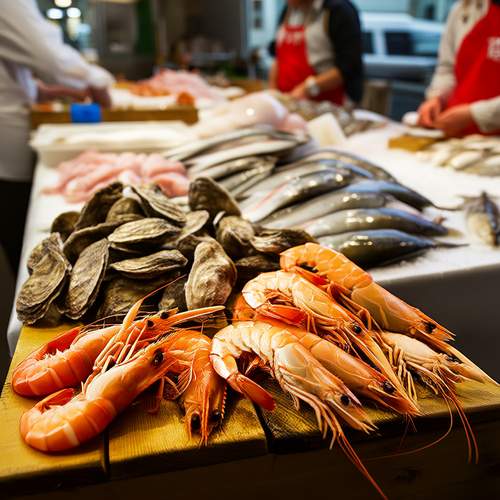
By /May 26, 2025
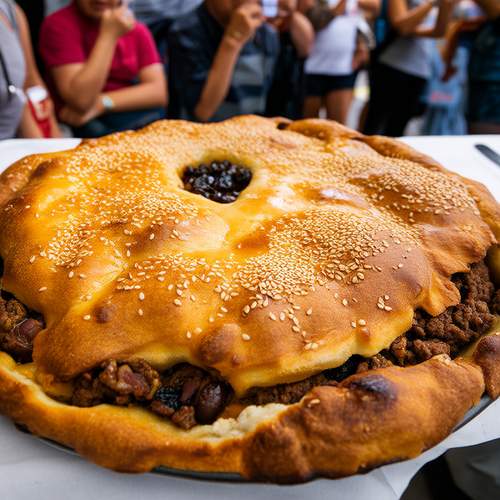
By /May 26, 2025

By /May 26, 2025

By /May 26, 2025
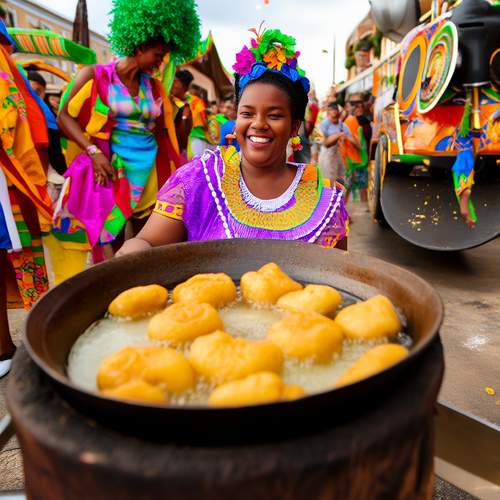
By /May 26, 2025
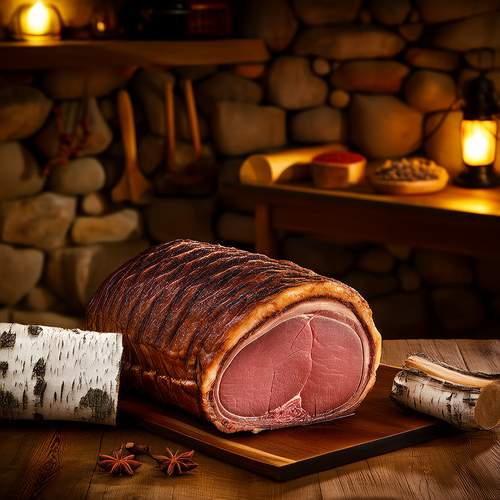
By /May 26, 2025
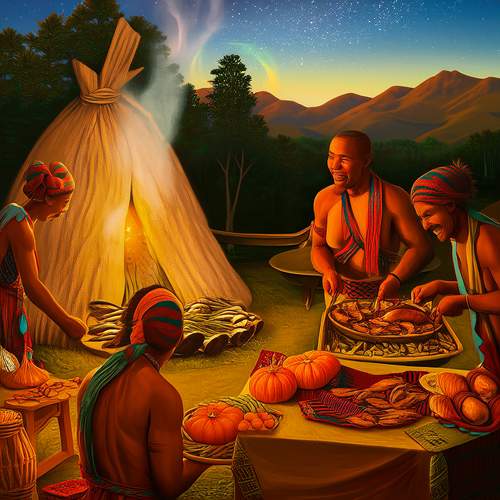
By /May 26, 2025

By /May 26, 2025
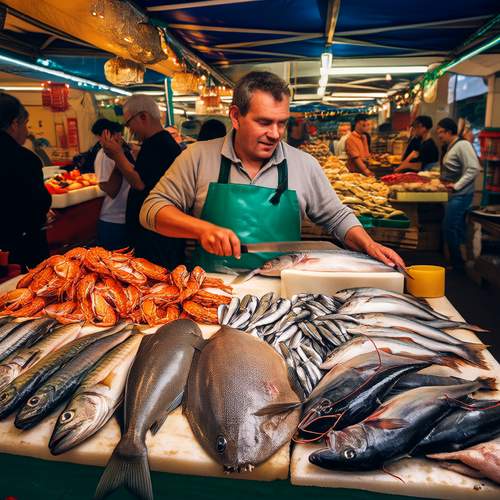
By /May 26, 2025

By /May 26, 2025

By /May 26, 2025
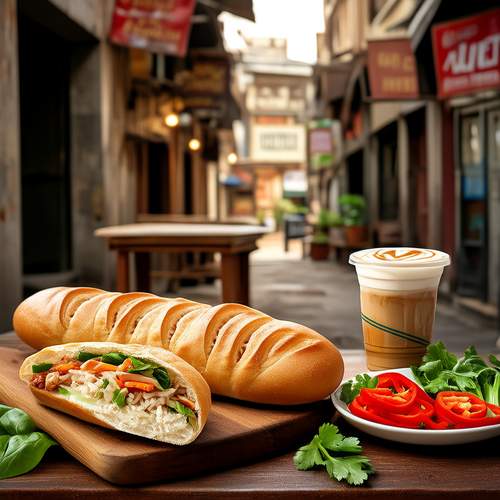
By /May 26, 2025
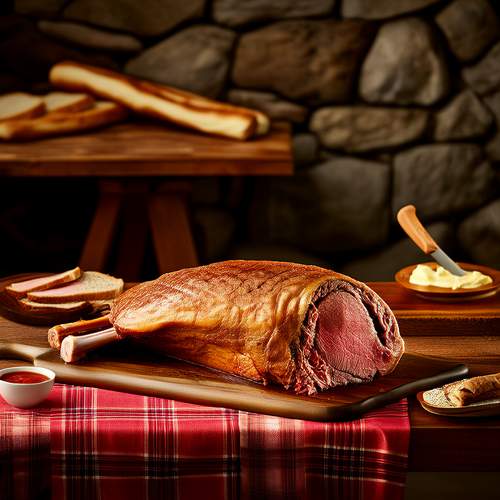
By /May 26, 2025

By /May 26, 2025

By /May 26, 2025

By /May 26, 2025

By /May 26, 2025